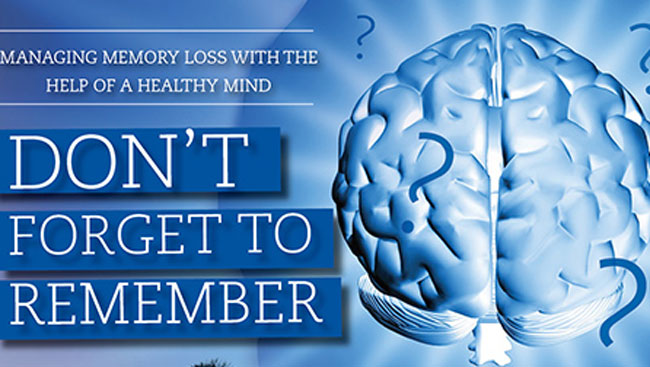Social media has certainly changed the face of long distance relationships today. But has it really made them easier?
Picture this. It’s the 1970s and because of a job opportunity, your partner is a thousand miles away, in a different city. You’re sitting by your landline on a Friday night, waiting for the phone to ring. That’s the only way you can keep in touch – through a late-night phone call when you’re both at home or through those weekly handwritten letters.
Today, this story plays out very differently. Communicative technology has advanced to such an extent that couples who are apart can instantly connect with a single click (or swipe) on their smartphones. Besides cheaper calling plans which let you stay in touch everyday, regardless if you’re at home or on the go, you can also share your photos, videos, moods and music with your significant other. Facetime and Skype gives you a chance to see their faces, Snapchat allows you to share funny moments and you have numerous applications like Whatsapp for quick updates or those ‘I miss you’ texts.
It has become easier than ever to stay in touch. If you’ve seen one of those iphone 5 commercials, which show couples sharing sweet, intimate moments from other ends of the world through Facetime, it’s hard not to appreciate this as the age of social media romance. While this era of instant-connectivity has certainly changed the face of long-distance relationships, does this also mean it’s become easier to maintain one?
On one hand, there is no doubt that there are a lot more opportunities to stay emotionally connected today, says Kelli Gabel, a registered professional counsellor and owner of Inner Solutions Counselling Services in Vancouver, BC. One of the main challenges in long-distance relationships is a feeling of disconnect or lack of intimacy as people are unable to share their daily lives with their partners. But as Kelli puts it, “One can get pretty creative with texting, Facetime, Skype and the like.” She adds, “There are also a lot of online games for couples.”
Gloria Sandhu, a 22-year-old student from Surrey, BC, says that she relied heavily on video calling applications like Google Hangouts and Skype to keep in touch with her partner, who resides in Las Vegas, USA. “Long distance calls being expensive, instant messaging and Skype were lifesavers.” Sandhu, who met her partner on an online forum, was able to successfully maintain a long distance relationship for nearly four years before relocating to the States. She stresses that both her and her partner were “great communicators” and this was key to the success of their relationship. “Long distance relationships can still fall apart even though you have made every effort to Skype everyday,” she says. “The quality of the communication is…important.”

So although social media allows you to share your favourite memes or send selfies to your partner at any given moment, chances are it’s not going to work if couples are unable to talk about the important stuff. Ishtar Beck, a certified marriage and relationship counsellor in Vancouver, BC, seconds this and says, “It’s all about clarity; it’s about communicating your needs, where you are in the relationship and being honest.”
Couples in long distance relationships need to get comfortable with sharing more about themselves than they otherwise might with partners who are geographically near. According to a 2013 study by Crystal Jiang and Jeffrey Hancock, long-distance relationships can have just as much or even more intimacy than a regular relationship but it’s primarily down to how often – and to what degree– they open up.
Couples also need to learn to read their partner’s tone. For instance, jokes and sarcasm can be difficult to perceive over the telephone or messages, so learning to distinguish between what your partner said from how it was stated can prevent many a fight. Even webcams can often miss visual cues, leading to miscommunication. This shows that despite the ubiquity of social media, long-distance couples still have to work on their communication, the same way they had to a decade or two ago.
Then there’s the undeniable fact that no matter how good a communicator you and your partner become, the bottom line is that you are not together – and no amount of technology can make up for this. “No matter how much communication in the form of social media and online connections you have, it can never compare to being with each other in person and sharing real experiences together,” Sandhu states. Social media may sustain the illusion in the beginning – you may have the most regular Facetime schedule, or watch episodes of your favourite TV shows together while on Skype (a practice the New York Times has termed ‘sync-watching’), but for the most part, you are left in your daily life alone.
Beck explains this through mirror neurons, which fire up when an individual is face-to-face with a beloved. “It gives us that good feeling, we feel validated. As much of these technologies we have, I think the physiological part of us, our brain, doesn’t register it in the same way,” she says.
When faced with the heartache of missing their partner, many long-distance couples may double up on their social media usage. After all, when your significant other is literally a million miles away, social media seems like a lifeline and the only answer to keeping your relationship alive. But it also has a flipside.

Reporter Eliana Dockterman wrote a fascinating piece in TIME Magazine on this subject. Her article, ‘How Skype is Sabotaging your Long Distance Relationship,’ suggests that being overly connected via social media may actually drive couples apart. This is especially the case for tech-savvy millenials whose hyper-connectivity, Dockterman writes, is quite often a “double-edged sword.” Couples who are very active on sites like Facebook, Twitter and the like, may find that they have very little to say to each other at the end of the day. After all, they follow your feeds and will know all your stories already. While this might not be an issue for all, Dockterman found that “being so close digitally only [widened] the gap” between her partner and her.
It’s also easier than ever to keep tabs on your long-distance partner through social media. Apps like ‘Couple Tracker’ lets both partners monitor each other’s digital activity, so you can check call history, the first few lines of text messages, and GPS location. Facebook and Instagram posts often include a timestamp and a location, so it’s easy to figure out if your partner is out about town. While this definitely increases the transparency in a long-distance relationship, it can often add to people’s insecurities and jealousy. What was he/she doing out so late? What is he/she up to at that bar? Intense digital monitoring is an unhealthy way to deal with issues of trust and is a surefire way to start an argument.
So despite the apparent benefits of social media for long-distance relationships, in practice, it’s not all that clear cut. The bottom line is that while social media definitely makes keeping in touch with your long-distance partner more manageable, it doesn’t mean it makes it any easier. Couples in long-distance relationships in this age of social-media romance must put in just as much work as our letter-writing predecessors. Perhaps even more.





